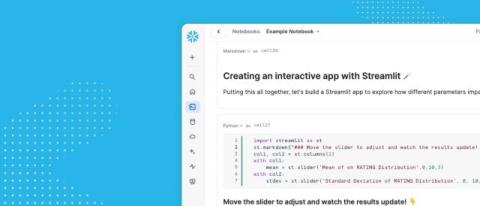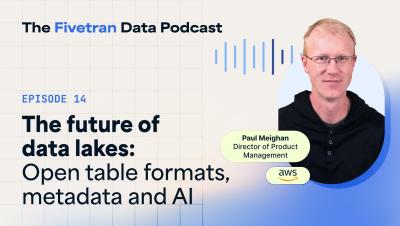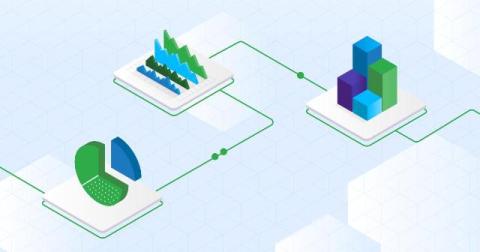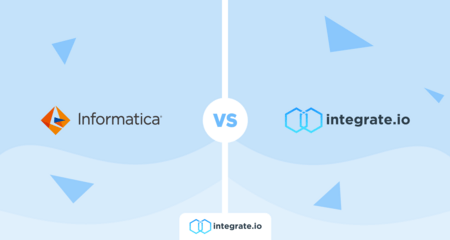Shift Left: Headless Data Architecture, Part 1
The headless data architecture is an organic emergence of the separation of data storage, management, optimization, and access from the services that write, process, and query it. With this architecture, you can manage your data from a single logical location, including permissions, schema evolution, and table optimizations. And, to top it off, it makes regulatory compliance a lot simpler, because your data resides in one place, instead of being copied around to every processing engine that needs it.










